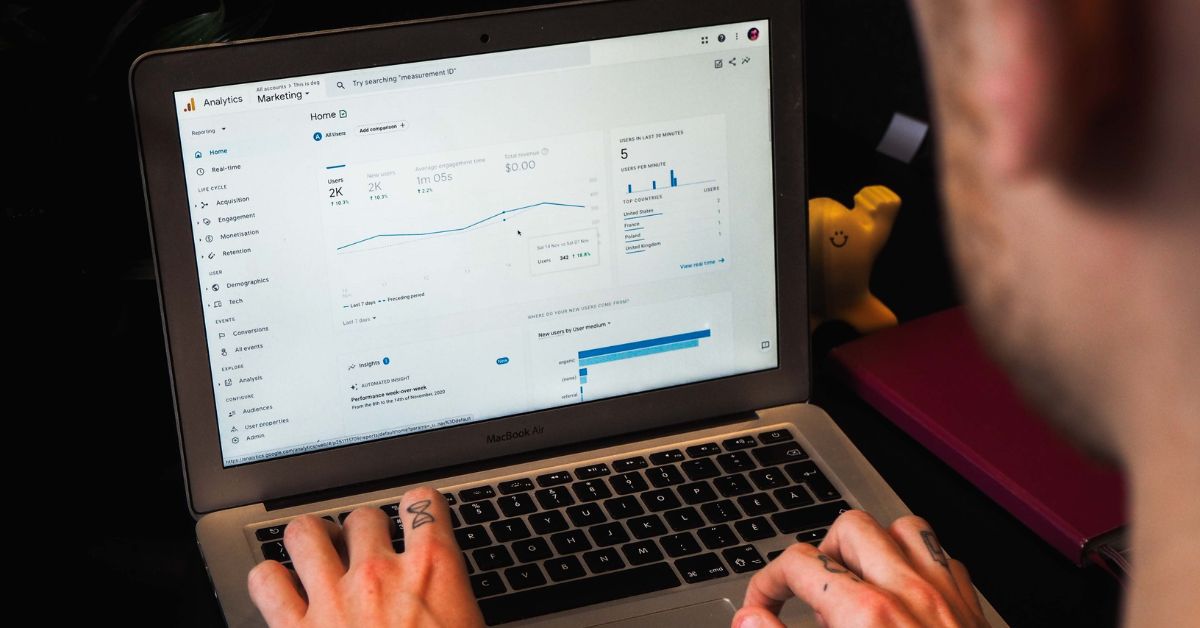In April 2022, Google announced the sunsetting of Universal Analytics (UA) and, subsequently, the transition to the new Google Analytics 4 (GA4) platform. UA will officially cease the collection of new data on July 1, 2023. You may wonder what this means for business owners, agencies, and digital marketers. Well, the impact will vary depending on the preparatory measures taken. In July 2023, Universal Analytics will cease processing all new data; however, this does not mean you need to start from a clean slate next year.
Efficiently Transitioning to GA4
Setting up your GA4 account now will allow you to collect data and important information on your users and clients for almost a full year to set yourself and your business up for success once the switch is made. It may seem inconvenient, but this is good news. Universal Analytics set the new standard for collecting and organizing user data, but it was released nearly a decade ago in the fall of 2012. Now, over a decade later, Google has introduced a cutting-edge, updated version of this powerful tool.
Key Differences & Features
While Google hasn’t stated a singular reason for this hard switch, GA4 brings a noticeable update to the underlying technology of UA. GA4’s platform was completely built from the group up, with more scalable and easily maintained capabilities. UA, built on Urchin’s code base dating back to pre-2005, cannot operate at the level that GA4 will and can. GA4 is a step forward into the future of data processing.
'Hits' vs. 'Events'
While adjusting to GA4, you will notice several key differences. The first and perhaps the most significant difference is the data model. Before, with UA, the data model was based on page views and sessions, which are processed as “hits.” In GA4, ‘hits’ are now ‘events’. This is a significant change, and there will be a period of adjustment for many. An event in GA4 essentially means an action has occurred. Hits, on the other hand, correlate to a page view, button click, scroll, add to cart, or conversion.
In GA4, we are also being introduced to “enhanced measure events.” These events measure button clicks, scroll depth, and downloads without using Google Tag Manager. Having these features right out of the box with GA4 is a considerable upgrade from UA. Expect events to be a massive part of your life in GA4.
Metrics Capturing
Another critical difference in GA4 is how metrics are captured. Behavior metrics are no longer being captured in GA4. The main difference here is that no more bounce rates can be measured. The bounce rate measured how many users came to your page without meaningful interaction. Instead, in GA4, behavior metrics have become engagement metrics. These metrics measure “engaged sessions,” a session that either lasts longer than 10 seconds, has a conversion event, or has two or more screen or page views. GA4 also measures “engagement rate,” which explains how often a user has an “engaged session.” None of these metrics were available in UA.
Data Reporting
UA was built as a vast collection of standard reports. GA4 was designed to collect data much more efficiently with fewer standard reports and higher customization. One of the most significant differences in the reporting is acquisition reporting. This is one of the most critical types of reporting in Google Analytics. While the acquisition reporting in GA4 is fundamentally similar to the acquisition reporting in UA, there are some key differences.
Only three standard reports are available within the Acquisition reporting bucket in GA4. There are far more standard reports available in Universal Analytics. The good news is that with GA4, you will have many more opportunities to customize your left sidebar navigation to contain only the reports you need or use the most often. Reports will look much different in GA4, and new features are still being added.
Takeaway
This change will indeed be a big adjustment, as the way we collected data for years is changing significantly. However, this does not have to be the stressful experience many believe it will be. It all comes down to preparedness.
Google Analytics 4 is still in its early stages, so you’re not late or behind by any means. At this point, it is essential to continue learning about and staying up to date with everything to do with Google Analytics 4. You can now install GA4 and experiment with these new features in parallel with your current UA installation. Be proactive in making the switch because come July 2023; you’ll have no choice. It’s always better to think two steps ahead for the well-being of yourself, your business, and your team.
Not interested in setting things up yourself, or need the assistance of professionals? That’s where we come in. Contact us and see how we can help you fulfill your business objectives.
